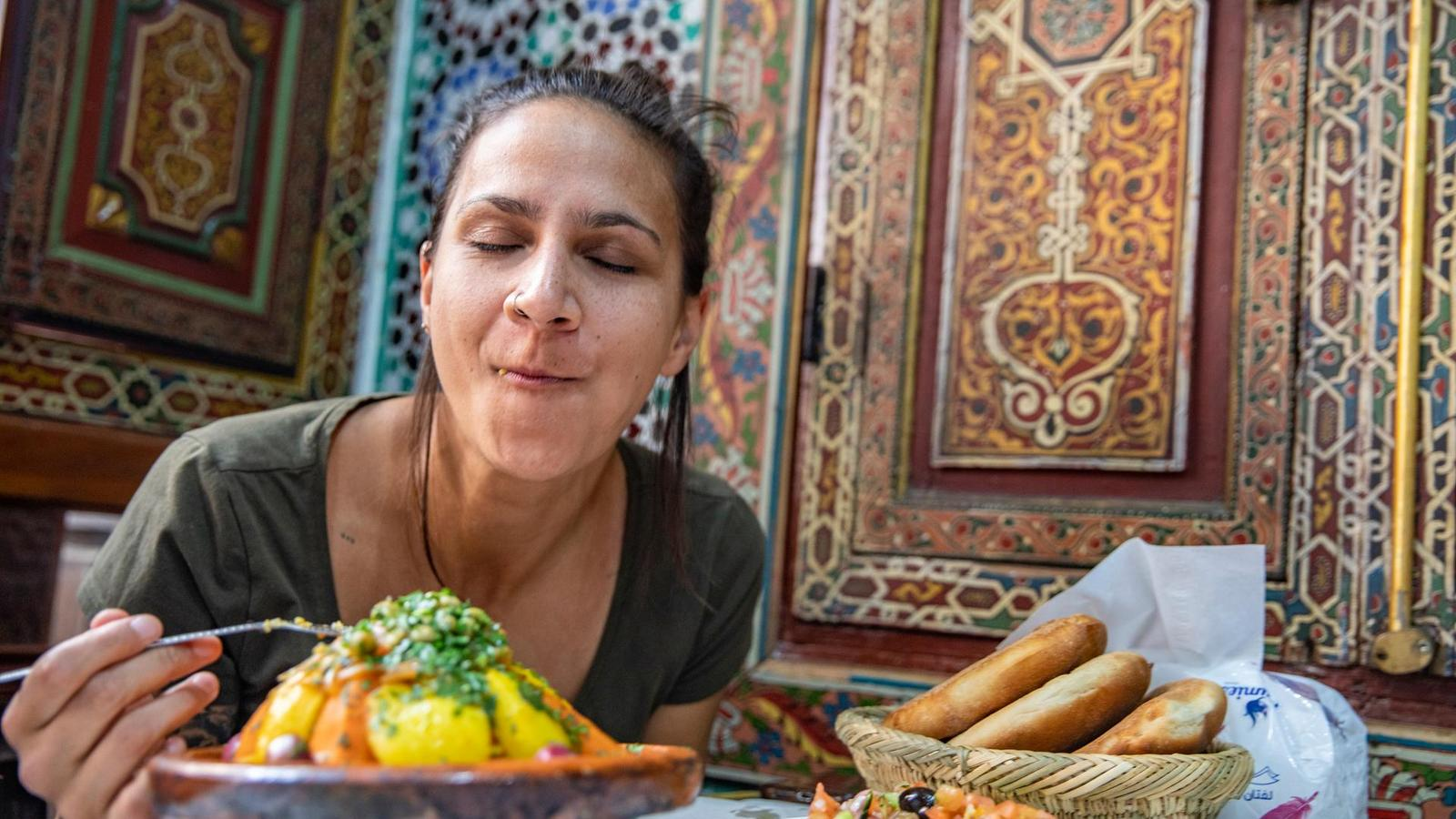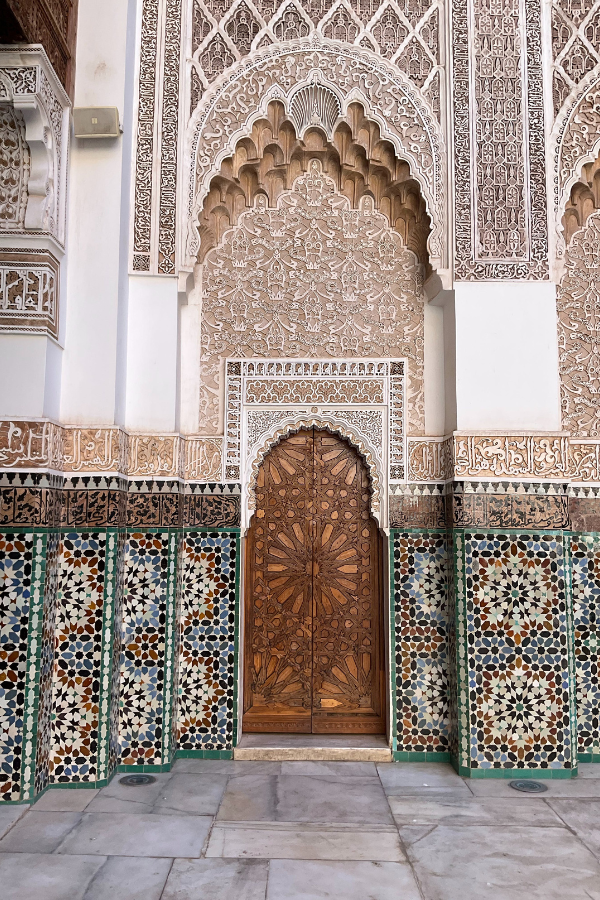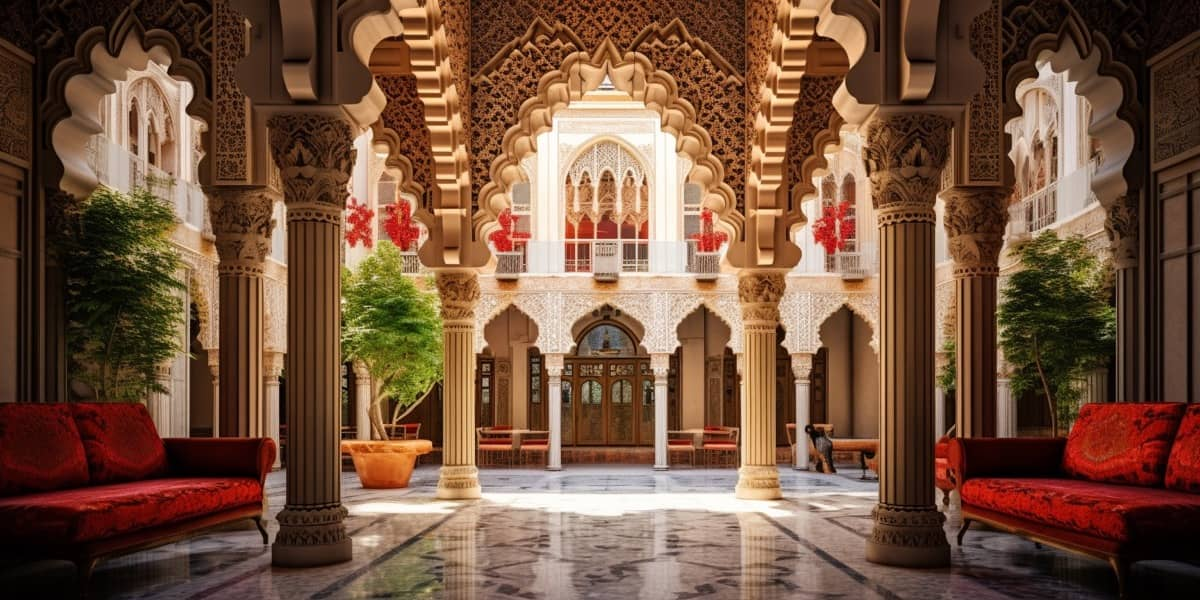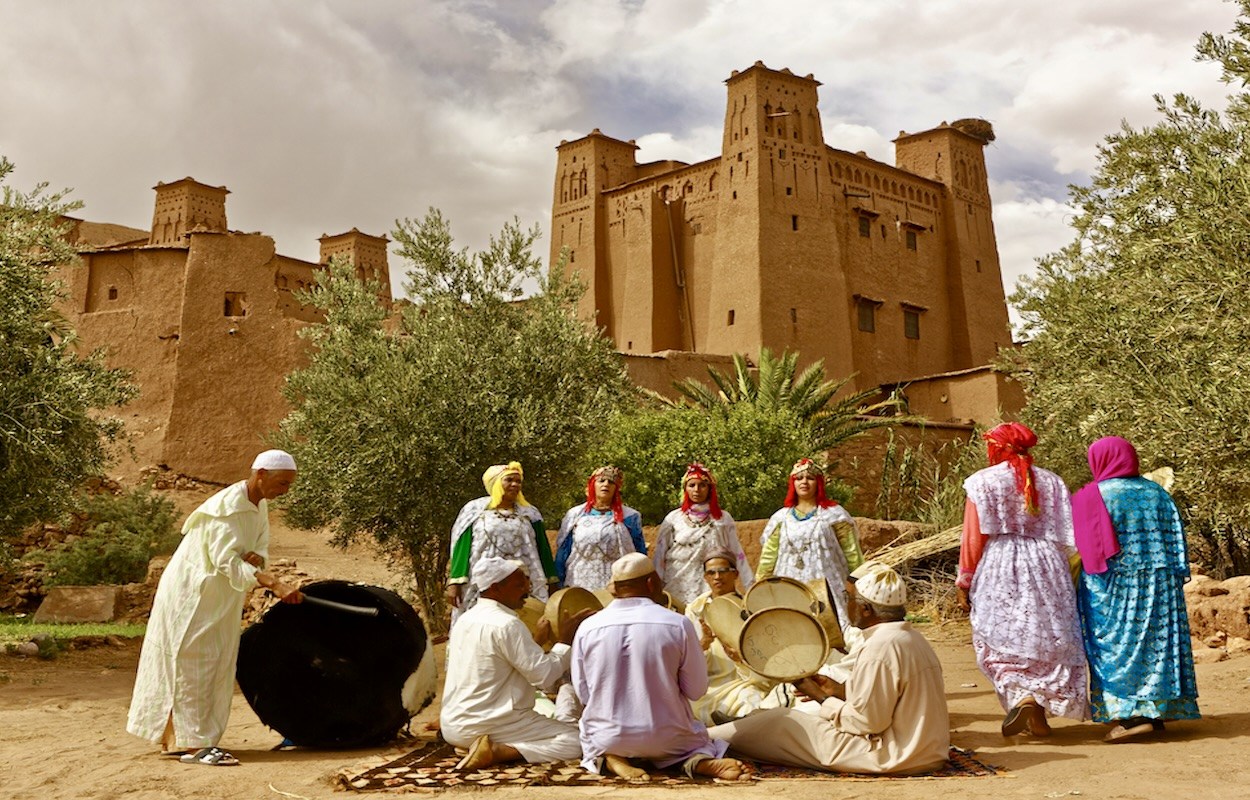- Published on
The Iberian Imprint Unpacking the Influence of Spain on Moroccan Culture and Architecture
- Authors

- Name
- Adil ABBADI
Introduction
The intricate tile work, the grand arches, and the fusion of Moorish and Gothic styles – Moroccan architecture is a testament to the country's rich cultural heritage. One of the most significant influences on this architectural tapestry is the Iberian Peninsula, specifically Spain. For centuries, the ebb and flow of empires, dynasties, and trade routes created a crucible of cultural exchange, resulting in a distinctive Moroccan identity. In this article, we'll explore the profound impact of Spain on Moroccan culture and architecture, unearthing the fascinating history behind this unique blend.

- The Moorish Legacy
- Spanish Colonization and Cultural Fusion
- The Andalusian Legacy
- Contemporary Significance and Preservation Efforts
- Conclusion
- Cultural Call-to-Action
The Moorish Legacy
In the 8th century, the Moors, Muslims from the Iberian Peninsula, conquered the Maghreb region, including modern-day Morocco. This marked the beginning of a profound cultural exchange, as the Moors brought with them their distinctive architectural style, characterized by intricate geometric patterns, arches, and vaulted ceilings. The iconic Alhambra in Granada, Spain, is a testament to this architectural heritage.
The Moorish influence on Moroccan architecture is evident in the country's majestic mosques, madrasas, and palaces. The intricate zellij tile work, a hallmark of Moroccan architecture, is a direct descendant of the Moorish tradition.

Spanish Colonization and Cultural Fusion
In the 19th century, Spain colonized Morocco, imposing its own cultural and architectural traditions on the country. This period of colonization saw the introduction of European styles, such as Gothic and Renaissance, which merged with the existing Moorish influences. The result was a unique fusion of architectural styles, evident in buildings like the Bahia Palace in Marrakech.
The Spanish influence is also evident in the country's urban planning, with grid-like street patterns and monumental plazas, reminiscent of those found in Spanish cities.

The Andalusian Legacy
The Andalusian region of Spain, which includes cities like Granada and Seville, has a profound cultural connection with Morocco. The Moors, who were expelled from Spain in the 15th century, brought with them their knowledge, skills, and artistic traditions, which merged with the existing Moroccan culture.
The Andalusian influence is evident in Morocco's traditional music, cuisine, and craftsmanship. The country's famous Gnawa music, for example, has its roots in Andalusian Sufism.

Contemporary Significance and Preservation Efforts
Today, Morocco is proud of its cultural heritage, and efforts are being made to preserve and promote the country's unique architectural style. The Medina of Marrakech, a UNESCO World Heritage site, is a testament to the country's commitment to preserving its cultural legacy.
The Moroccan government has also established institutions like the National Institute of Architectural Heritage to document, restore, and promote the country's architectural treasures.

Conclusion
The influence of Spain on Moroccan culture and architecture is a testament to the country's rich cultural heritage. From the Moorish legacy to the Andalusian fusion, Morocco's unique blend of Moorish, European, and African influences has resulted in a distinctive cultural identity. As we appreciate the beauty and complexity of Moroccan architecture, we are reminded of the importance of cultural exchange and the enduring legacy of the past.
Cultural Call-to-Action
As you wander through the vibrant streets of Morocco, take a moment to appreciate the intricate tile work, the grand arches, and the fusion of Moorish and European styles. Let the country's architectural treasures inspire you to delve deeper into the fascinating story of Moroccan culture and identity.
